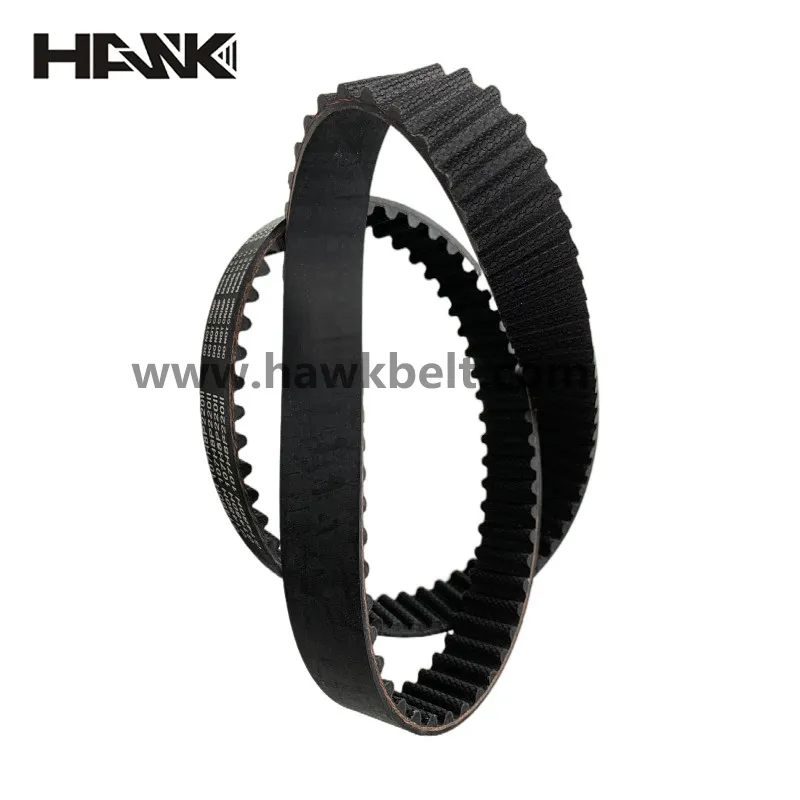- Arabic
- French
- Russian
- Spanish
- Portuguese
- Turkish
- Armenian
- English
- Albanian
- Amharic
- Azerbaijani
- Basque
- Belarusian
- Bengali
- Bosnian
- Bulgarian
- Catalan
- Cebuano
- Corsican
- Croatian
- Czech
- Danish
- Dutch
- Afrikaans
- Esperanto
- Estonian
- Finnish
- Frisian
- Galician
- Georgian
- German
- Greek
- Gujarati
- Haitian Creole
- hausa
- hawaiian
- Hebrew
- Hindi
- Miao
- Hungarian
- Icelandic
- igbo
- Indonesian
- irish
- Italian
- Japanese
- Javanese
- Kannada
- kazakh
- Khmer
- Rwandese
- Korean
- Kurdish
- Kyrgyz
- Lao
- Latin
- Latvian
- Lithuanian
- Luxembourgish
- Macedonian
- Malgashi
- Malay
- Malayalam
- Maltese
- Maori
- Marathi
- Mongolian
- Myanmar
- Nepali
- Norwegian
- Norwegian
- Occitan
- Pashto
- Persian
- Polish
- Punjabi
- Romanian
- Samoan
- Scottish Gaelic
- Serbian
- Sesotho
- Shona
- Sindhi
- Sinhala
- Slovak
- Slovenian
- Somali
- Sundanese
- Swahili
- Swedish
- Tagalog
- Tajik
- Tamil
- Tatar
- Telugu
- Thai
- Turkmen
- Ukrainian
- Urdu
- Uighur
- Uzbek
- Vietnamese
- Welsh
- Bantu
- Yiddish
- Yoruba
- Zulu
Nov . 23, 2024 18:22 Back to list
installing the serpentine belt
Installing the Serpentine Belt A Step-by-Step Guide
The serpentine belt is a crucial component of a vehicle's engine, responsible for powering multiple peripheral devices such as the alternator, power steering pump, water pump, and air conditioning compressor. Over time, these belts can wear out or become damaged, leading to performance issues and potential engine damage. Installing a new serpentine belt is an essential maintenance task that many car owners can handle themselves with the right tools and guidance. This article provides a comprehensive guide to installing a serpentine belt effectively and safely.
Tools and Materials Needed
Before starting the installation process, gather the following tools and materials
1. New serpentine belt - Always ensure that it is the correct size and compatible with your vehicle model. 2. Wrenches and sockets - You will need the appropriate sizes depending on the tensioner and other components. 3. Belt routing diagram - This can usually be found on a sticker under the hood of your vehicle or in the owner's manual. 4. Pliers - For any clamps or fasteners. 5. Flashlight - To illuminate the working area if visibility is low.
Step-by-Step Installation Process
1. Safety First Begin by ensuring your vehicle is parked on a flat surface. Turn off the engine and disconnect the negative battery terminal to prevent any electrical issues while working.
2. Locate the Serpentine Belt Open the hood and locate the serpentine belt. It's typically positioned at the front of the engine, winding around various pulleys. Refer to the belt routing diagram for the specific configuration of your vehicle.
installing the serpentine belt

3. Release the Tension The serpentine belt is held in place by a tensioner. Use a wrench or socket to rotate the tensioner arm in the direction indicated (often counter-clockwise) to relieve the tension on the belt. While holding the tensioner, carefully slide the belt off one of the pulleys. Slowly release the tensioner back to its original position.
4. Remove the Old Belt Once the tension is released, you can completely remove the old serpentine belt from the remaining pulleys. Take this opportunity to inspect the belt for any signs of wear, such as cracks, fraying, or glazing, which can indicate that it needed to be replaced sooner.
5. Install the New Belt With the old belt removed, take the new serpentine belt and lay it out following the belt routing diagram. Ensure that it sits properly on each pulley and is aligned correctly. Pay close attention to the smooth and ribbed sides of the belt, as they must seat correctly against the pulleys.
6. Reapply Tension Once the belt is positioned, use your wrench to rotate the tensioner arm again. This time, slide the belt over the tensioner pulley while maintaining pressure on the tensioner. Release the tensioner arm, ensuring the belt is tight and secure on all pulleys.
7. Double-check and Test Before finishing up, double-check to ensure that the belt is properly seated and that there are no twists or misalignments. Reconnect the negative battery terminal and start the engine. Listen for any unusual noises and watch for the serpentine belt functioning correctly. If everything appears normal, you’ve successfully installed your new serpentine belt!
Conclusion
Installing a serpentine belt is a manageable task that can save you time and money. With the right tools, a little patience, and attention to detail, you can complete this maintenance job confidently. Regularly checking and replacing your serpentine belt as needed will ensure the longevity and efficiency of your vehicle's engine components. Always refer to your vehicle’s service manual for specific instructions related to your car model, and when in doubt, consulting with a professional mechanic is always a wise choice.
-
Korean Auto Parts Timing Belt 24312-37500 For Hyundai/Kia
NewsMar.07,2025
-
7PK2300 90916-T2024 RIBBED BELT POLY V BELT PK BELT
NewsMar.07,2025
-
Chinese Auto Belt Factory 310-2M-22 For BMW/Mercedes-Benz
NewsMar.07,2025
-
Chinese Auto Belt Factory 310-2M-22 For BMW/Mercedes-Benz
NewsMar.07,2025
-
90916-02660 PK Belt 6PK1680 For Toyota
NewsMar.07,2025
-
drive belt serpentine belt
NewsMar.07,2025

